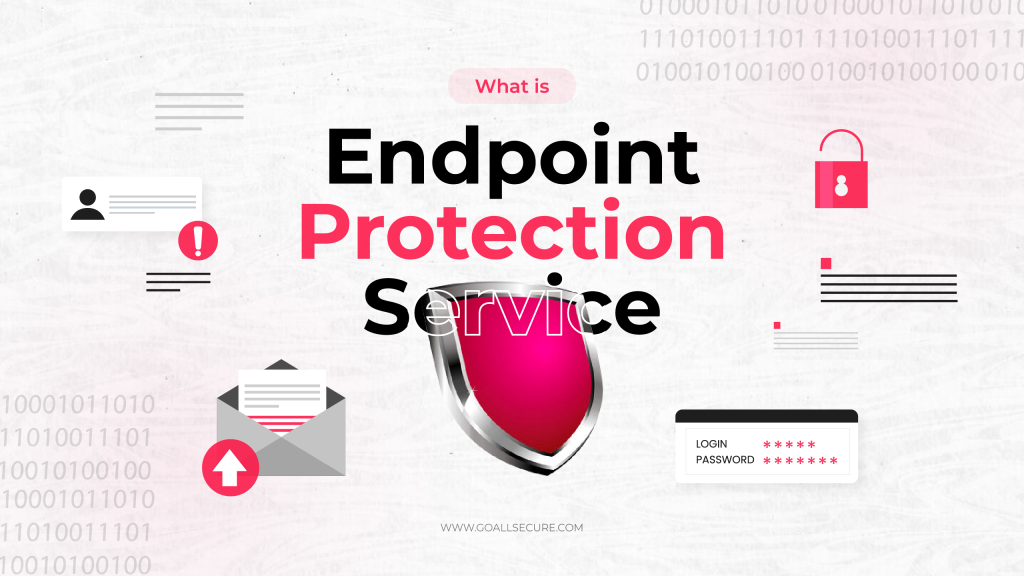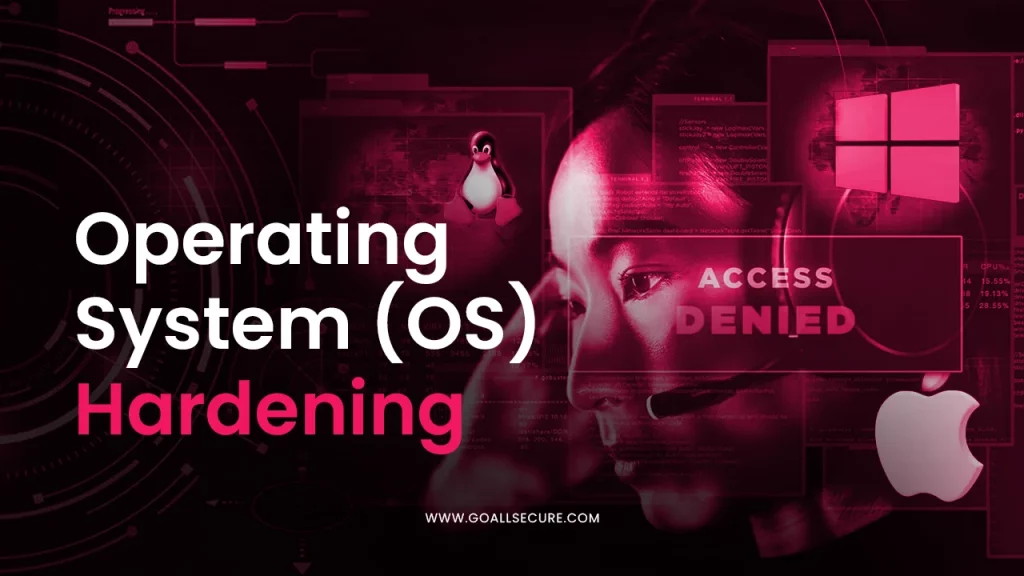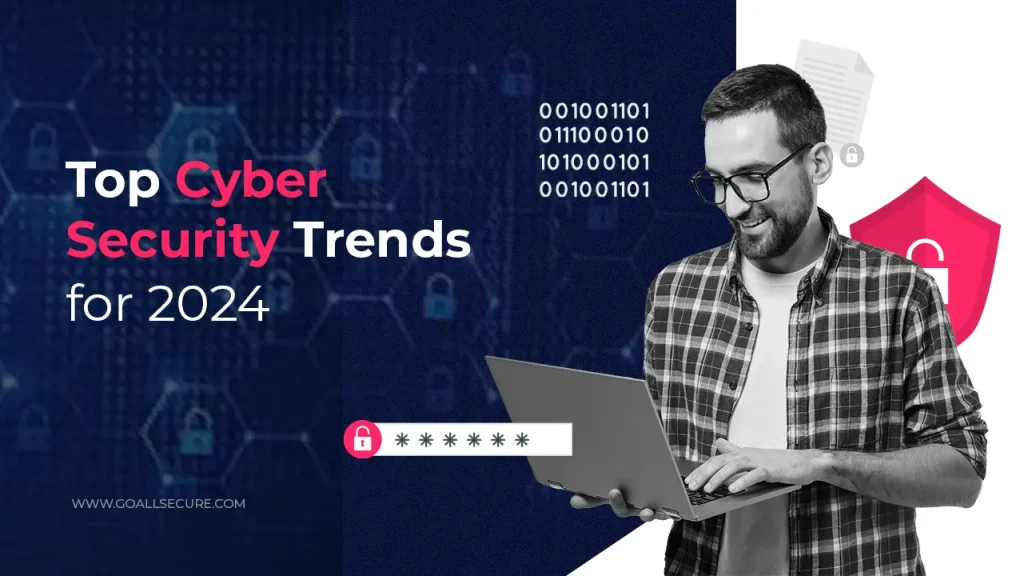The digital frontier has always been and continues to be dynamic as we enter the ever-changing cyber security scenario in 2024. This dynamic nature offers innovation but also poses both opportunities and difficulties. We have witnessed unprecedented shifts in technology adoption, threat landscapes, and the way our digital assets are secured. We must adopt new trends and watch out for changing threats if we want to stay protected in this cyber game. In this blog, we’ll explore the cutting-edge trends and looming risks in the world of cyber security for 2024.
Emerging Trends and Risks in Cyber Security for 2024
The pace of technical development has accelerated recently in many industries, and cyber threats are no exception. The cost of cyber attacks on the world economy is expected to reach $10.5 trillion by the end of the upcoming year. This astounding sum demonstrates the growing demand for cyber security to be prioritised strategically at all levels of government, business, and organisations. Another major attention grabber this year was the boom of AI. Artificial intelligence has and will continue to fundamentally change both attack and defence, just as it has in every other area of business and technology. Everybody will be affected by it. Read on to learn what cyber security trends everyone should be on high alert for as we approach 2024 because, as Miguel de Cervantes said, “To be prepared is half the victory.”
Technological Advancements to Look Forward To
- Rise of Zero Trust Architecture
- Integrating AI and Machine Learning
- Adapting to Quantum-Safe Cryptography
- Implementing Secure Access Service Edge (SASE)
- Administering Extended Detection and Response (XDR)
Rise of Zero Trust Architecture
As systems get more complicated and security is incorporated into business strategy, the core idea of zero trust is changing. The concept of zero trust ascertains that there is no safe zone for conducting network activities. This notion goes beyond the business network to the ecosystem of remote workers, affiliated organisations, and IoT devices as the danger landscape changes. The zero-trust approach will transform from a technical network security model to an adaptive and comprehensive one in 2024. It will demand identity verification for every user and device that tries to access resources on a private network. The extra layer of verification offered by the zero-trust approach will become crucial for safeguarding our sensitive data in a perimeter-less world.
Integrating AI and Machine Learning
Another trend that’s gaining momentum is the integration of AI and machine learning. This amalgamation is deployed to analyse vast datasets and identify anomalies. Using these technologies makes early detection easy and helps mitigate threats faster. It is expected that over the course of the next few years, AI-driven threat detection and mitigation will become more advanced. AI-powered tools will be frequently used for efficient and quicker threat hunting and incident response.
Adapting to Quantum-Safe Cryptography
Quantum computing is a fairly new technology and is still in its infancy stage. Despite that, it is capable of defeating the present encryption standards. As quantum computing develops, traditional encryption methods will stand a lesser and lesser chance against it. That is why quantum-resistant encryption is going to become a popular trend in 2024. Quantum-Safe Cryptography attempts to deliver exactly that, and more and more organisations will soon make a shift.
Implementing the Secure Access Service Edge
The Secure Access Service Edge, or SASE architecture, is another trend that’s emerging these days. SASE integrates various network and security solutions into a single manageable interface, providing modern-day businesses with unified access and control. By combining network security and wide-area networking (WAN) capabilities into a single cloud-based service model, SASE makes accessing data and applications very accessible. This trend is an ideal solution for hybrid workforces as well as decentralised networks. An added benefit is that this technology requires little to no hardware support as it uses the cloud.
Implementing the Secure Access Service Edge
Secure Access Service Edge (SASE) is another trend that’s gaining traction. SASE enables businesses to integrate various network and security solutions into a single manageable interface. It basically combines network security and wide-area networking (WAN) capabilities into a single cloud-based service. Providing secure, direct access to applications in the cloud makes it an ideal solution for remote workforces and decentralised networks. This offers a straightforward networking and security tool requiring little to no hardware as it uses cloud technology’s global connectivity.
Administering Extended Detection and Response
Finally, Extended Detection and Response (XDR) solutions integrate multiple security products and provide a centralised view of threats across various endpoints. This approach simplifies threat detection, investigation, and response, reducing the complexity of managing multiple security tools. XDR helps organisations remain ahead of the curve and safeguard their assets in a constantly shifting threat landscape.
Looming Threats That Demand Immediate Attention
- More Evolved and Sophisticated Ransomware Attacks
- Unbridled Exploitation of Supply Chain Vulnerabilities
- Increased Attacks on IoT and Edge Devices
- Stricter Cyber Security Regulatory Compliances
- Next-Level Social Engineering and Phishing Attacks
More Evolved and Sophisticated Ransomware Attacks
The sophistication and scope of ransomware attacks are increasing. These attacks are becoming more and more dangerous, with attackers increasingly targeting critical infrastructure, healthcare, and government sectors. The demand for large ransoms continues to grow, and the potential for destructive attacks remains a significant risk. To protect themselves from ransomware, organisations will need to bolster their cybersecurity posture and make significant investments in reliable backup and recovery solutions.
Unbridled Exploitation of Supply Chain Vulnerabilities
Recent supply chain attacks have served as an eye-opener to the fragility of interconnected networks. Malicious actors have been targeting suppliers to infiltrate larger organisations. This risk necessitates enhanced due diligence in third-party relationships. The frequency of supply chain attacks is rising, making new rules necessary to safeguard networks and address this growing issue. Organisations are realising that supply chain vulnerabilities give attackers easy access to launch harmful attacks. Thus, in 2024, we can be sure to see more advancement in this direction.
Increased Attacks on IoT and Edge Devices
The use of IoT devices has increased manifolds, especially with businesses and organisations. This has created a brand new avenue for cyber criminals to conduct their malicious activities. The unexpected boost in the usage of IoT devices in homes and businesses presents a broad attack surface. Weak in-built security and a lack of appropriate patching have made IoT devices an easy vulnerability to exploit. This is a serious threat, and companies must work towards safeguarding their IoT networks. Without proper defence, IoT devices can be easily manipulated, that is why iOT security matters for businesses to reduce hacks and breaches.
Stricter Cyber Security Regulatory Compliances
In 2024, the problem of cross-border data flow and cyber security jurisdictions will get worse. Organisations and governments are becoming aware of the threats posed by cyber attacks to economic growth and national security. Therefore, new cybersecurity legislation is on the horizon that may aid in reducing and mitigating the risks associated with cyber attacks. Evolving data privacy regulations and international data transfer restrictions will aid in security but will also present compliance challenges. Businesses need to navigate the shifting regulatory landscape, balancing innovation with compliance.
Next-Level Social Engineering and Phishing Attacks
By 2024, cyber attacks utilising AI will be more common. Artificial intelligence (AI) will be used to improve social engineering strategies, automate phishing attempts, and create realistic deepfake material. Cyber criminals will exploit human vulnerabilities through next-level social engineering tactics. Additionally, insider threats, whether intentional or accidental, pose a persistent risk to organisations. To combat these constantly changing attack vectors, defenders will need to use AI for threat detection and prevention.
Although cyber security threats are not new, they are constantly changing and resulting in significant losses. The field of cyber security will need to constantly adjust to new trends and take preventative action against threats that are always changing. In order to stay ahead of the curve in this digital age, one must strengthen defences against ransomware, supply chain weaknesses, and insider threats while embracing technologies such as AI, quantum computing, Zero Trust, etc. We can help individuals and organisations in navigating the constantly changing world of cyber security and ensure the protection of their critical data and systems. We have all the resources to defend you against threats. For more information about us, kindly call us at +91 85 2723 7851 or +44 20 3287 4253.

















 TRAVEL & HOSPITALITY
TRAVEL & HOSPITALITY HEALTHCARE
HEALTHCARE RETAILS & ECOMMERCE
RETAILS & ECOMMERCE BANKING & FINANCIAL
BANKING & FINANCIAL AutoMobile
AutoMobile MANUFACTURING
MANUFACTURING FOOD
FOOD EDUCATION
EDUCATION



